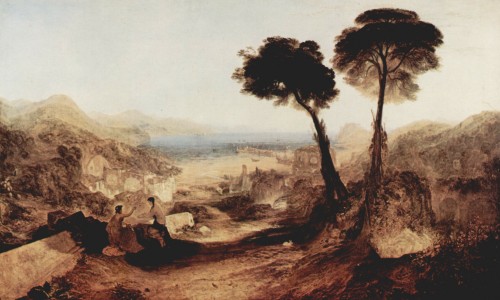

| Visitors Now: | |
| Total Visits: | |
| Total Stories: |

| Story Views | |
| Now: | |
| Last Hour: | |
| Last 24 Hours: | |
| Total: | |
The Unsolved Mystery Of The Tunnels At Baiae

There is nothing remotely Elysian about the Phlegræan Fields, which lie on the north shore of the Bay of Naples; nothing sylvan, nothing green. The Fields are part of the caldera of a volcano that is the twin ofMount Vesuvius, a few miles to the east, the destroyer of Pompeii. The volcano is still active–it last erupted in 1538, and once possessed a crater that measured eight miles across–but most of it is underwater now. The portion that is still accessible on land consists of a barren, rubble-strewn plateau. Fire bursts from the rocks in places, and clouds of sulfurous gas snake out of vents leading up from deep underground.
Read more here at: http://blogs.smithsonianmag.com/history/2012/10/the-unsolved-mystery-of-the-tunnels-at-baiae/
This is a very interesting place with a lot of history and folklore and legend. Being such an unusal formation, there is no wonder why. It’s always fascinating to read about these unique and exceptional places on earth and all the different stories that come out of them,
~Ophelia


